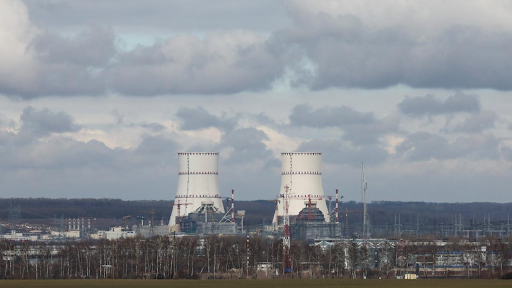



ISRO's successful test of the semicryogenic engine's Power Head Test Article (PHTA) enhances LVM3’s payload capacity to 5 tonnes in GTO. Using LOX and Kerosene, it boosts efficiency, eco-friendliness, and cost-effectiveness. This breakthrough strengthens India’s self-reliance and supports future missions, including the Next Generation Launch Vehicle (NGLV).

Copyright infringement not intended
ISRO achieves breakthrough in semicryogenic engine development with successful hot test of Engine Power Head Test Article (PHTA).
Indian Space Research Organisation (ISRO) has developed a powerful semicryogenic engine for the Launch Vehicle Mark-3 (LVM3) -> This engine uses Liquid Oxygen (LOX) and Kerosene as propellants.
ISRO conducted a hot test of the Engine Power Head Test Article (PHTA) at its Propulsion Complex in Mahendragiri, Tamil Nadu -> To test the performance of critical subsystems like the pre-burner, turbo pumps, and control components.
The semicryogenic engine enhances the payload capacity of the LVM3 by replacing the current core liquid stage (L110) with the new SC120 stage.
It increases the rocket’s payload capacity in Geosynchronous Transfer Orbit (GTO) from 4 tonnes to 5 tonnes -> Strengthens India’s self-reliance in space launch technology and lays the foundation for future launch vehicles like the Next Generation Launch Vehicle (NGLV).
The semicryogenic propulsion system uses Liquid Oxygen and Kerosene, which are non-toxic and environmentally friendly. This combination delivers higher performance compared to the existing L110 stage.
The engine consists of several major subsystems, including the thrust chamber, pre-burner, turbo pump system, control components, and start-up system. Building this complex hardware required special materials capable of withstanding extremely high temperatures and oxidizer-rich combustion environments.
The semicryogenic engine will power the booster stages of future launch vehicles.
It promises more cost-effective, powerful, and environmentally friendly access to space.
By increasing the payload capacity of the LVM3, it enables India to undertake more ambitious missions, including heavier satellites and interplanetary exploration.
Must Read Articles:
Source:
|
PRACTICE QUESTION Q. Discuss the importance of space diplomacy in enhancing India’s soft power. 250 words |











© 2025 iasgyan. All right reserved